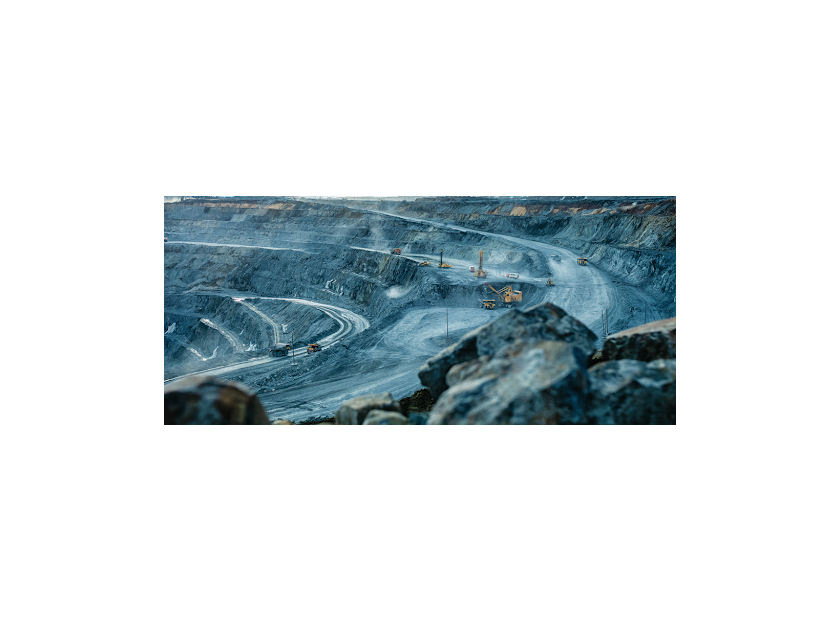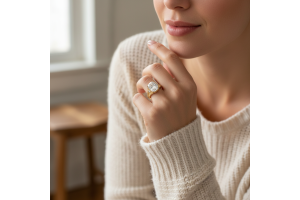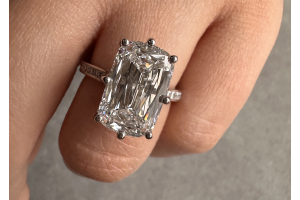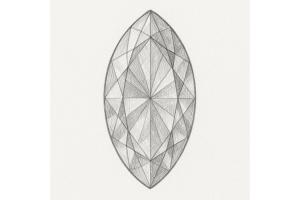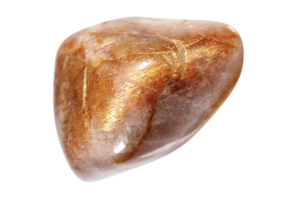GBP
/
GBP
/
Shipping to:
Currency:
Are Lab-Grown Diamonds Good or Bad for the Planet?
The diamond is the most romanticised and coveted precious stone in the world.
Diamonds are unrivalled in their popularity thanks to the De Beers marketing campaign in the late 1930s. You’d be hard-pressed to find a jeweller who doesn’t stock at least one type of diamond.
But, lab-grown diamonds have hit the market in the last half-a-century and offer advantages over natural diamonds. They can be of better quality, cheaper, and a sustainable and ethical choice.
So, why is that?
Let’s look at the main reasons why choosing a lab-grown diamond is good for the planet.
Next time, you might think twice before purchasing your diamond earrings or necklace.
Lab-Grown Diamonds vs Natural Diamonds
Lab-grown diamonds can get a bad rep. That’s because many people don’t believe that they’re “real” or “authentic.'' After all, they are manufactured in a laboratory.
That’s a myth.
Lab-grown diamonds are visually, structurally and chemically identical to natural diamonds. Even a specialist would struggle to spot the difference.
Synthetic diamonds are cheaper, offering the same quality for a lower price. We can trace their source, and they’re better for the environment.
Here’s why.
The Environmental Impact of Natural Diamonds
For every single carat of diamond, 250 tonnes of earth needs to be moved.
In context, an estimated 113 million carats were mined in 2021 alone. Heavy machinery is needed, requiring a vast amount of fossil fuels, to extract diamonds from the earth,
Some diamond mines are so enormous that they can actually be seen from space using Nasa’s Terra satellite to give an idea of scale.
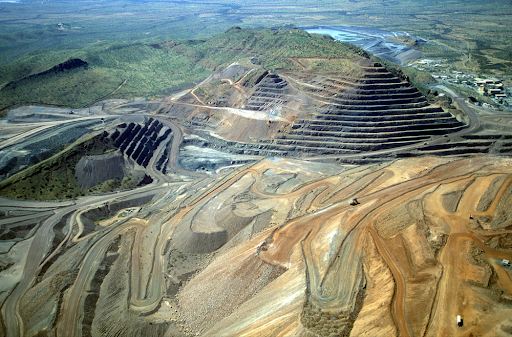
Mining diamonds can have an adverse effect on surrounding ecosystems. In South Africa, deforestation, river pollution and soil erosion have destroyed local wildlife. Approximately 2,000 football fields worth of diamond mines remain un-rehabilitated in South Africa alone.
A study conducted by consulting firm Frost & Sullivan found that mining diamonds naturally requires twice as much energy per carat as diamonds grown in a lab. Furthermore, 57g of carbon is released into the atmosphere for each carat mined. Comparatively, only a few grams of carbon are released through the creation of synthetic diamonds.
Sustainable Diamonds: The Earth’s Best Friend
If natural diamonds aren’t the greenest choice for our planet, what’s the alternative?
Here, we look at two examples of sustainable diamonds and why they’re a more environmentally friendly choice when you’re picking out your special engagement ring.
Synthetic Diamonds Are Forever
Lab-grown diamonds are grown in an artificial setting, mimicking the natural creation of diamonds below the earth’s surface.
Carbon atoms are layered to build up a crystal structure in a lab, and grown using a high-pressure, high-temperature method.
Lab-grown diamonds don’t require huge holes to be drilled into the ground using this process, which creates deforestation, water pollution, and wildlife destruction.
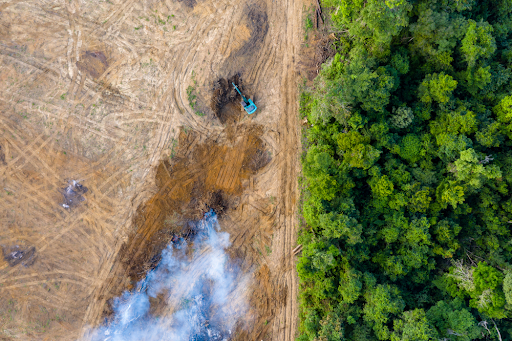
And, we know where these diamonds come from.
There isn’t a concern about human rights or diamond miners getting paid next to nothing. For example, a large discovery of diamonds in the mid-2000s in Zimbabwe led to the deaths of hundreds of miners. The diamonds found here circulated in international markets, with many buyers none the wiser.
At Rêve Diamonds, our workshop is located in the heart of London, so you know exactly where your diamond eternity rings, bracelets and bespoke diamond jewellery are made.
Our natural diamonds are sourced from conflict-free zones, complying with the industry’s strict Kimberley Process regulations.
Recycled Diamonds
On average, diamond production never drops below 100 million carats.
It’s impossible to know how many diamonds are currently in circulation, but certainly an unprecedented number.
Another sustainable option is recycled diamonds, which have been repurposed. They’re often recut and reset in more fashionable contemporary styles, to suit a modern audience.
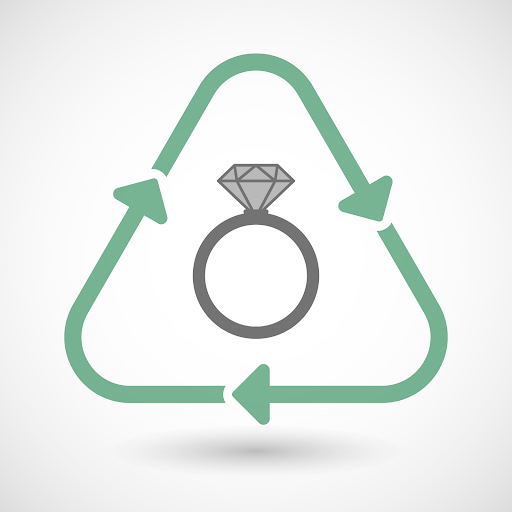
Recycled diamonds prevent continued future harm from unethical or unsustainable diamond mining practices.
The only downside to this is that the recycled diamonds still might have been unsustainably sourced in the first place.
This leaves recycled diamonds still tainted by their potentially immoral past.
Natural Diamonds Aren’t Forever
Do you still want a natural diamond for that vintage Hollywood authenticity?

Well, you’ve only got a few years to get your hands on them, according to De Beers.
The supply of natural diamonds is finite and will eventually run out, so in the future, lab-grown diamonds might be your only affordable option.
At Rêve Diamonds, we think lab-grown diamonds are far more beautiful when you know that buying one is kinder to the planet.
Wouldn’t you agree?



